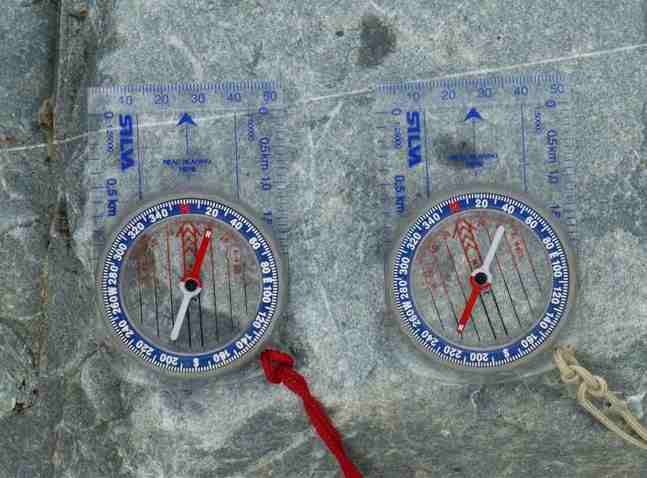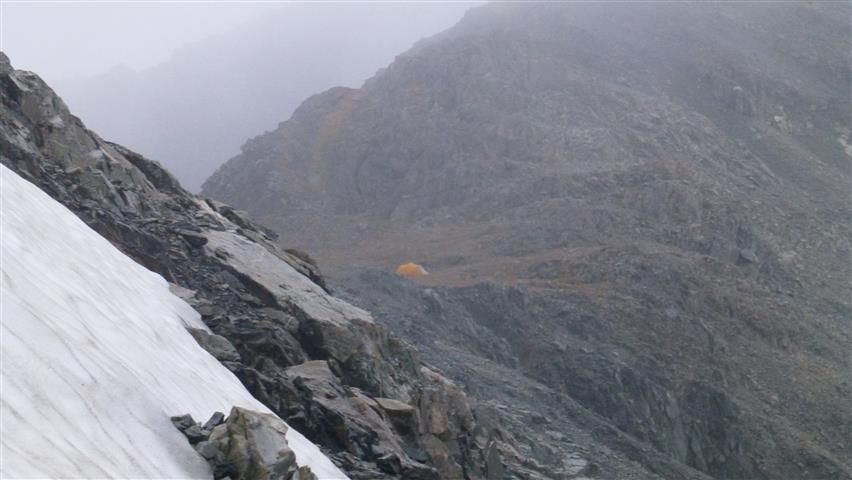Was tramping up a river bed with my son in a remote part of New Zealand last week when we came across a lot of rusty looking rocks. Speculating that they might contain iron I tested one with my compass - not a flicker. But then I thought "Crud! No way is North that way. Must be a big anomaly around here."
So my son pulled out his identical compass and this is what we found

Seems as if the polarity of mine had been reversed. Apparently this can happen if a compass is exposed to a strong magnetic field over a period of time, but I can't think where this could have happened. I keep it in the top pocket of my pack which it sometimes shares with GPS, binos, camera, rangefinder and topo map.
Thought I would mention it on the forum as something to be aware of as it could really throw you if relying on a compass in thick bush or in fog such as below.

I think I will make it a practice on future trips to always check my compass when I set out. In practice we don't use compasses a lot as navigation is pretty simple in this mountainous terrain though finding a safe route can be problematic.
I believe you can reset the polarity by stroking with a strong magnet. Anyone tried this?
David
So my son pulled out his identical compass and this is what we found

Seems as if the polarity of mine had been reversed. Apparently this can happen if a compass is exposed to a strong magnetic field over a period of time, but I can't think where this could have happened. I keep it in the top pocket of my pack which it sometimes shares with GPS, binos, camera, rangefinder and topo map.
Thought I would mention it on the forum as something to be aware of as it could really throw you if relying on a compass in thick bush or in fog such as below.

I think I will make it a practice on future trips to always check my compass when I set out. In practice we don't use compasses a lot as navigation is pretty simple in this mountainous terrain though finding a safe route can be problematic.
I believe you can reset the polarity by stroking with a strong magnet. Anyone tried this?
David
Last edited by a moderator:
